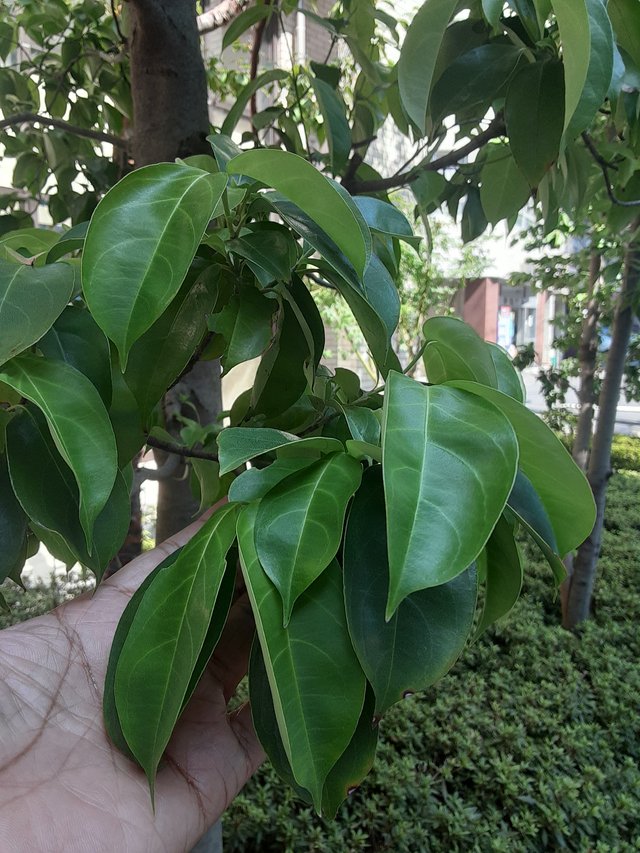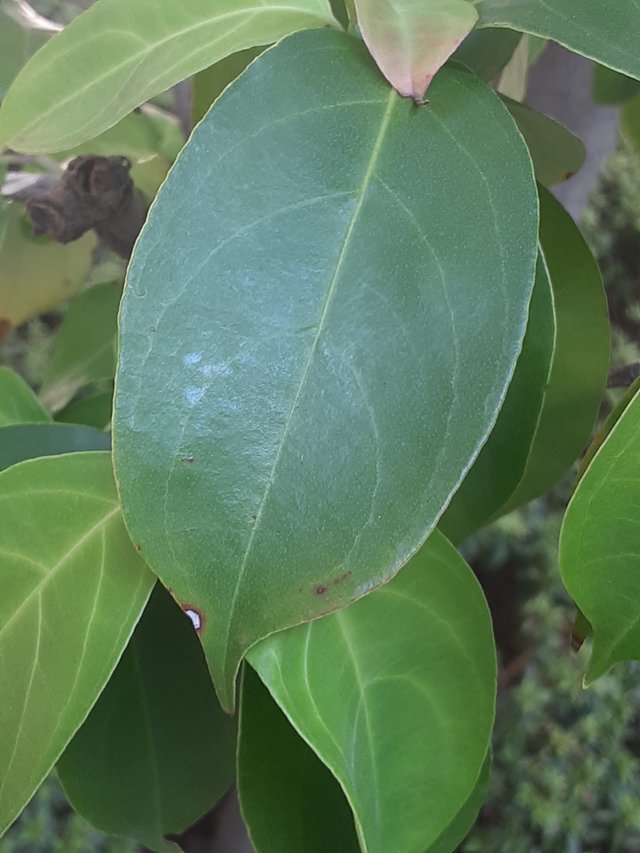Cinnamomum tenuifolium, or Japanese cinnamon, an evergreen tree with aromatic leaves used in traditional medicine and culinary applications

Cinnamomum tenuifolium, commonly known as Japanese cinnamon, is an evergreen tree native to East Asia, including Japan, Korea, and China. It belongs to the Lauraceae family, which also includes other aromatic plants like camphor trees and bay leaves.
Leaves: The leaves of Cinnamomum tenuifolium are one of its most distinctive features. They are oval-shaped, leathery, and have a glossy dark green color. The leaves are arranged alternately on the branches and have a prominent midrib with two prominent lateral veins running parallel to it. This tri-nerved structure is characteristic of many species in the Lauraceae family.
Aromatic Properties: Like other members of the Cinnamomum genus, the leaves of C. tenuifolium possess a strong, aromatic fragrance. This fragrance is due to the presence of essential oils, which can be extracted from the leaves and used in various applications. The scent of Japanese cinnamon is often described as a blend of cinnamon and camphor, with a hint of sweetness.

Traditional Uses: In traditional medicine, the leaves of Cinnamomum tenuifolium have been used for centuries to treat various ailments. They are believed to have anti-inflammatory, antibacterial, and antifungal properties. The leaves can be used to make teas, poultices, or essential oils. In some cultures, the leaves are also used in incense and as a natural air freshener.
Cultivation: Japanese cinnamon is a relatively hardy tree that can be cultivated in temperate climates. It prefers well-draining soil and full sun to partial shade. The tree can be propagated from seeds or cuttings.
While not as widely known as its more famous cousin, Ceylon cinnamon, Cinnamomum tenuifolium is a valuable plant with a rich history and a variety of uses. Its unique leaves and aromatic properties make it a fascinating subject for gardeners and herbalists alike.
Ref.:
 |  |
Upvoted! Thank you for supporting witness @jswit.